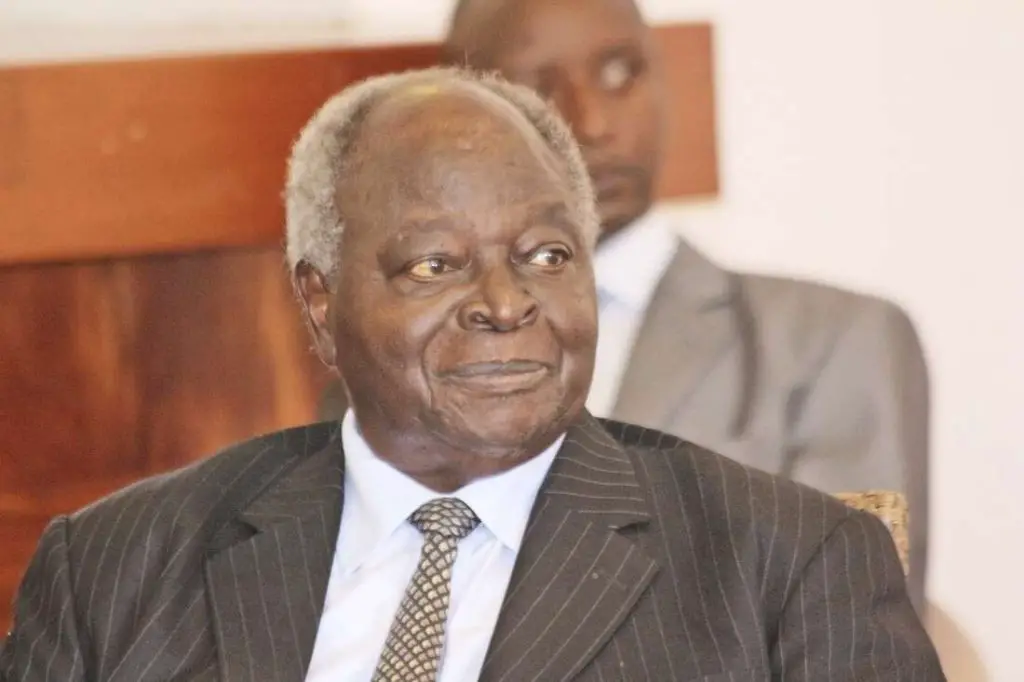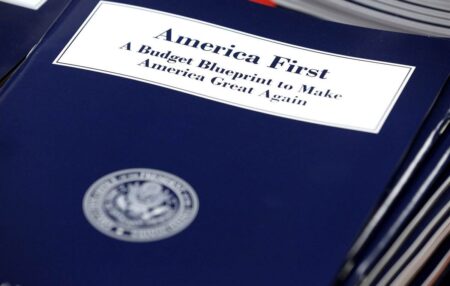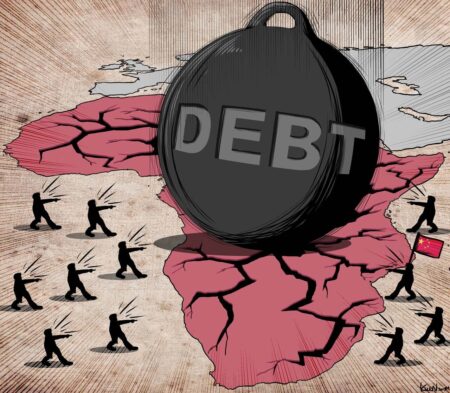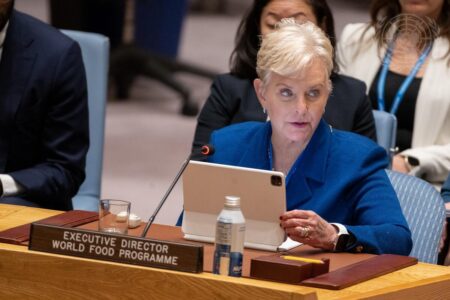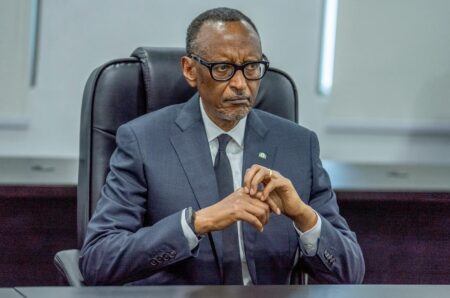- The third President of Kenya, His Excellency Emilio Mwai Kibaki, has died today, at the age of 90
- President Mwai Kibaki’s administration conceptualized and spearheaded free primary education, infrastructure development in transport and energy, and fought for availability and access to healthcare in the country
- He was the only President in Kenya to serve as an MP and as the head of state simultaneously, as the vice president and as the Minister of finance, again at the same time
The third President of Kenya, His Excellency Emilio Mwai Kibaki, has died today, at the age of 90.
President Kibaki has passed on when Kenyans are crying over the unbearable state of the economy the country is experiencing at the moment, which in their minds reminisces the economic accomplishments of the late Kibaki.
A brief history
President Mwai Kibaki has served the country as the President (2002-2013), the Vice President (1978- 1988), Minister for Finance and economic planning (1969-1982), Othaya and Donholm Member of Parliament, Permanent secretary for the treasury and the Ministry for Health.
Amazingly, he was the only President in Kenya to serve as an MP and as the head of state simultaneously, as the vice president and as the Minister of finance, again at the same time.
He believed in fiscal and monetary policies that were the backbone of his economic policies. During his tenure as the President, the country’s GDP growth picked up from a low 0.6 per cent in 2002 to 7 per cent in 2007. Following the economic meltdown attributed to the post-election violence in 2007-2008, the GDP growth fell to 0.28 per cent. President Kibaki’s administration revived the economy to a steady 5 per cent growth from 2011 to 2013, as per World bank.
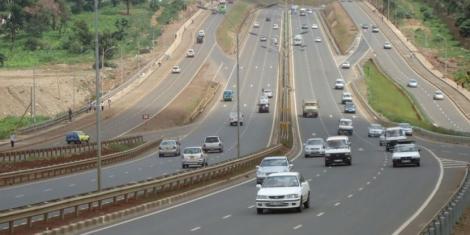
“In honour of this great statesman, Kenya remains committed to maintaining policies that promote economic and social empowerment, democracy, the rule of law and respect for human rights,” President Uhuru Kenyatta said.
The late President Mwai Kibaki championed the realization and objectives of the East African Community common market of trade liberalization for the citizens of the partner states in EAC. Currently, the EAC has grown to seven member states, significantly disrupting the trade balances in Africa.
President Mwai Kibaki’s administration conceptualized and spearheaded free primary education, infrastructure development in transport and energy, and fought for availability and access to healthcare in the country.
He introduced the Constituency development fund program (CDF) that has, over the years, funded education, health and water installation in all parts of the East African country.
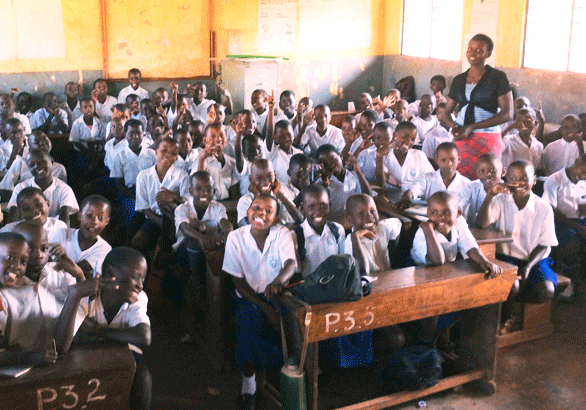
President Kibaki was not a believer in external funding from Western foreign aid. He devised an internal system of raising revenue in the country through systems such as increased tax revenue collection and an increased export market through good relationships with countries like China, Japan and other European and Asian partners.
Corruption has been the order of the day in the African leadership system, but not even once was President Emilio Mwai Kibaki linked with any corruption case. He is one of the few Presidents in Africa who did not interfere with their succession politics.
He was among the leaders that facilitated and supported the referendum that metamorphosized the Kenyan 2010 constitution, which has been hailed to be among the best constitutions in the world.
Read: A pandemic and an election: Kenya’s double edge sword





